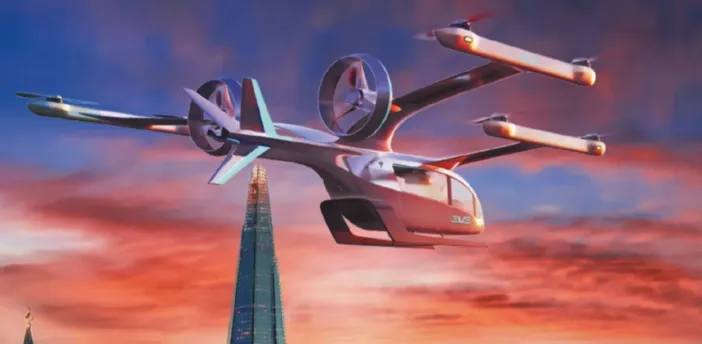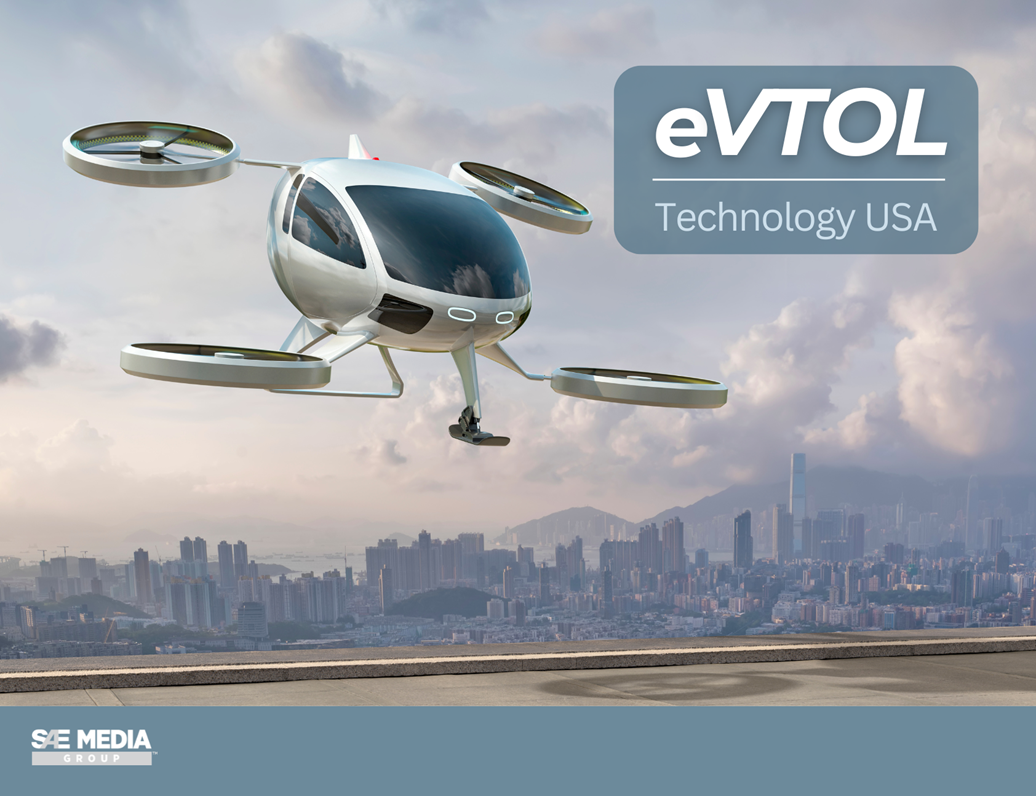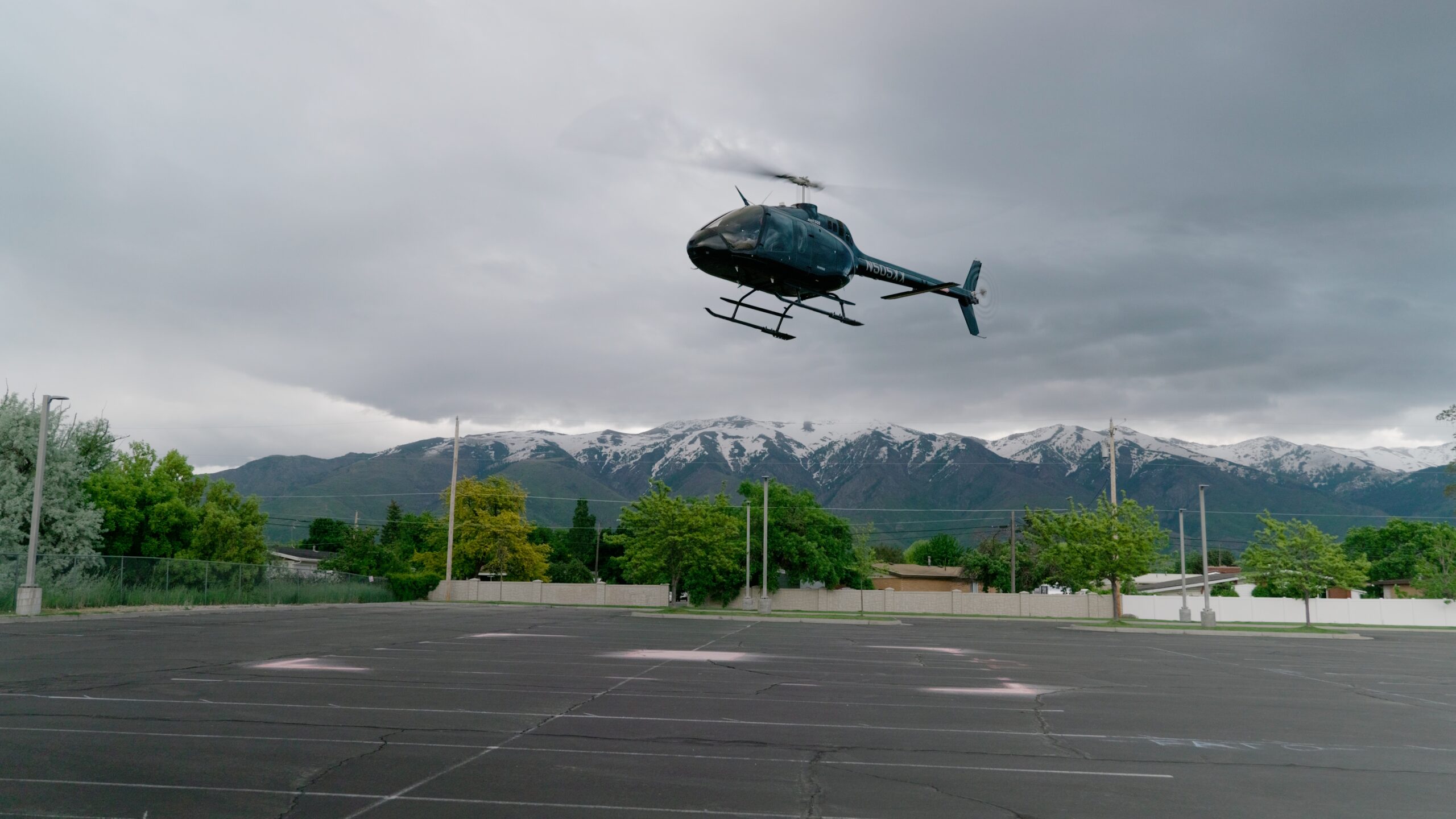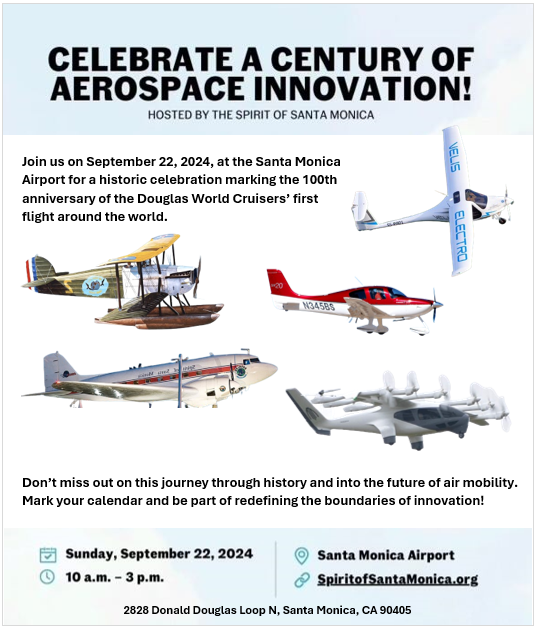
“In the last 18 months eVTOL aircraft manufacturers have begun to understand the role that airspace has in the ecosystem and are looking to us to help them work out a roadmap for scaling up operations,” says [Andy] Sage.
OEMs produce a lot of hype about the innovative features and benefits of new types of aircraft such as eVTOLs. ANSPs (air navigation service providers) such as the UK’s NATS (National Air Traffic Services) have a very different role to play in the incoming ‘eVTOL revolution’. They must facilitate the safe introduction of new types of aircraft being developed, solving challenges in partnership with industry and government.
While there are hundreds of eVTOL aircraft in development around the world, the leading developers are approaching final certification testing, training pilots and beginning to consider infrastructure. Analysts predict the market for eVTOL aircraft will be worth up to US$1.75 billion before the end of the decade. But as Sage points out “unless eVTOL aircraft can fly where they want in the way they want, that bit of paper from CAA and EASA won’t be worth very much.”
NATS is working to a timescale that predicts the first eVTOL aircraft will be certified in two years. There is high demand to access the UK’s airspace from eVTOL aircraft developers.
OEMs produce a lot of hype about the innovative features and benefits of new types of aircraft such as eVTOLs. ANSPs (air navigation service providers) such as the UK’s NATS (National Air Traffic Services) have a very different role to play in the incoming ‘eVTOL revolution’. They must facilitate the safe introduction of new types of aircraft being developed, solving challenges in partnership with industry and government.
While there are hundreds of eVTOL aircraft in development around the world, the leading developers are approaching final certification testing, training pilots and beginning to consider infrastructure. Analysts predict the market for eVTOL aircraft will be worth up to US$1.75 billion before the end of the decade. But as Sage points out “unless eVTOL aircraft can fly where they want in the way they want, that bit of paper from CAA and EASA won’t be worth very much.”
NATS is working to a timescale that predicts the first eVTOL aircraft will be certified in two years. There is high demand to access the UK’s airspace from eVTOL aircraft developers.












